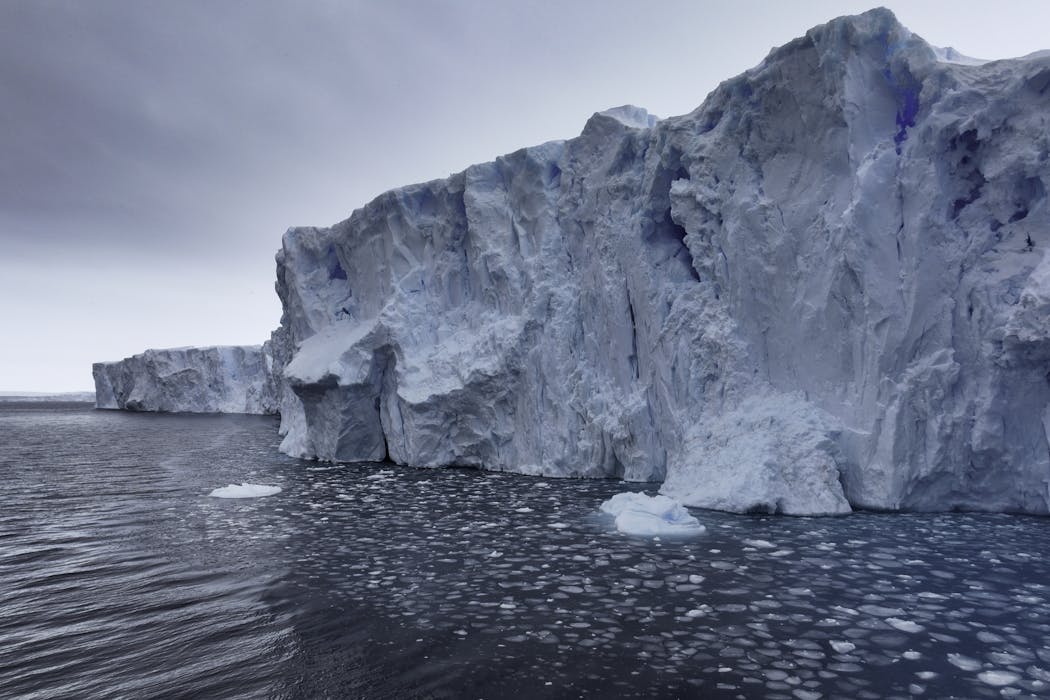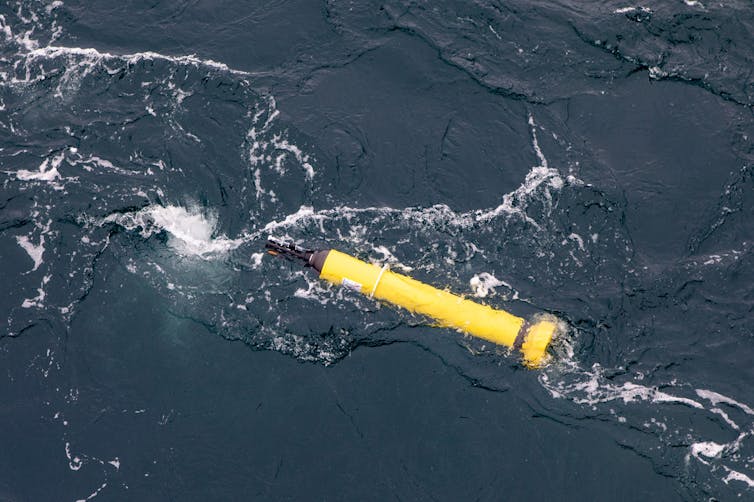Source: Radio New Zealand
Some teachers are still “unpacking” the new English curriculum and are focused on maths. File photo. Supplied / Ministry of Education
A Dunedin primary school says the new English and maths curriculums have changed the way its teachers teach.
In South Auckland a school says it has noticed big improvements in children’s maths.
And in Tauranga, a principal says the core of the new curriculums brings focus to things teachers already know and do.
The principals of all three schools told RNZ introducing two new curriculums in one year was a massive job and one that was far from complete.
They said they deliberately focused this year on one or other of the new documents, not both, and they had more work to do next year.
At Rowandale School in Auckland, principal Karl Vasau said teachers were still “unpacking” the new English curriculum and had focused on maths.
He said they had already seen significant improvements in children’s results, but that was due at least in part to improvements in basic literacy thanks to the school’s adoption four years ago of a structured literacy approach for teaching children to read.
“If you’re strong in literacy you can understand the questions, you can understand the context and so when we have delivered some standardised tests to our kids, our children have made massive gains,” he said.
Vasau said teachers were finding the maths curriculum helpful.
“Teachers are finding teaching mathematics a little bit easier because it’s prescribed as to what you are to deliver,” he said.
“If maths is not necessarily their strength, having a structured numeracy programme allows for teachers to not really struggle with their gaps because it’s very clear what they need to teach and then they’ll probably be teaching themselves as they go to get stronger with their own content knowledge.”
Vasau said he was a fan of the structured approach to learning, but he was concerned about the “knowledge-rich” focus of the curriculums.
It was great for children to learn about Ancient Egypt as proposed in the draft Social Sciences curriculum, but they also needed to know where they came from, he said.
Vasau said the school wanted to retain its localised curriculum because that was how it engaged children.
It also wanted to continue integrating different curriculum areas together.
“If we’re doing a wonderful unit on floating and sinking of course you want to write about that, you want to read about that… so integrating wherever possible the topic into literacy and numeracy is always going to have a benefit for the learning for the kids. That makes sense.”
A change in approach
At Dunedin’s George Street School, principal Robyn Wood said the maths and English curriculums changed not only what the school taught, but also how.
“I guess the whole thing I need to probably put across with the English and maths is that it’s a whole new teaching pedagogy. It’s not just a curriculum, it’s a pedagogical shift and we’ve done a huge amount of work in the way that we are now teaching,” she said.
Wood said the pedagogical changes involved “high-leverage” teaching practice, high expectations, and gradual release of information to students as they were ready to learn it.
“A lot of teachers have changed their rooms so that every child is now looking at the teacher when the teacher is teaching. Because with this new curriculum, you’re meant to teach the whole class and all of that sort of thing. So you’ve actually got that real engagement,” she said.
Wood said in some classes pupils used mini whiteboards to write answers so teachers could quickly scan the room and see what children had understood and what might need to be re-taught.
She said the whiteboards worked well and the school was introducing them school-wide next year.
“It’s quite a big shift from where we’ve been,” she said.
Wood said the school of nearly 430 pupils from Years 0-6 was well-placed to introduce the new maths curriculum having focused on teacher training in the subject in the previous three years.
She said it was retaining techniques it previously adopted, such as using a lot of problem-solving and asking students to discuss their methods for solving maths questions.
Wood said it was hard to introduce the curriculum without a matching assessment tool – something that had been promised for this term but would not now be available until next year.
But she said the maths curriculum had clearly had an effect.
“I’ve just been going around gathering student voice around the school, and one of the things that children are really talking about now is their times tables. Before this new curriculum, you would get to your times tables in due course when you got to multiplicative thinking and things like that. Now, I believe it’s being taught younger and certainly it’s on top of the heads for our children,” she said.
“I think the expectations are quite a lot higher and it kind of assumes that children might have some background knowledge before they get to school, and that’s not necessarily the case these days with children. So there’s a lot of work to be done right at the junior level and to move kids really fast.”
Wood said she had not even looked at revisions to the maths curriculum – announced in October – because she had simply not had time.
She said her school focused on the English curriculum this year looking at structured literacy in “huge depth” and it had a big effect.
“We’re seeing a huge engagement with our children,” she said.
“We’ve noticed a big, big uptake in vocabulary with our children. So our children now talking around words, asking questions, learning, our older children are talking grammatically – prefixes, suffixes, subordinating conjunctions things like that – grammar terms that they’ve not had before.”
Wood said some teachers worried older students would be bored by the structured literacy approach, but an “ah-ha moment” came when they saw that children in Year 3 and above were better prepared to engage with “authentic texts” thanks to their prior focus on decoding words.
“As a teacher when you’re doing the decodable stuff – the letters and the sounds of phonemic awareness and all of that – for older children you’re going ‘Oh my goodness, this is getting boring’.
“But once children have learned how to read and to decode and encode, as in writing out the sounds and exploring vocab, once they’ve got that foundation and they are able to do that then you get to choose whichever text… it’s not until they get to that that it actually starts to make sense for teachers.”
She said prior to the use of structured literacy, some children had gaps in their knowledge of letters and sounds and how to put them together.
“So now that that gap has been essentially closed they can fly on the authentic texts and it’s making sense to people.”
She said it was especially helpful for children for whom English was a second language and for its dyslexic learners.
Wood said she did not like everything in the new curriculums, but she liked a large part.
She also said the government was trying to introduce too much too fast.
“It’s a really hard balancing act trying to do two new curriculums in one year,” she said.
“We’re kind of flying the plane and building it all at the one time.”
“My big concern is that it’s just going to get tipped over because it’s too fast. There’s a large number of things I do like. I’m not saying I like everything, so please don’t quote me on that, but there are a large things a number of things I really do like.”
Pace of change
At Tauranga’s Tauriko School, principal Suzanne Billington said the new curriculums provided a lot more detail about what teachers should teach at each year level.
She said teachers had been asking for that, but introducing two new curriculums had been a massive undertaking and the school concentrated on English this year.
“A lot of the new learning has been around structured literacy, so staff are utilising that so they stick to the recipe and ensure that they are delivering that with fidelity,” she said.
“Next year we’re looking more at the writing side of things… we will start with things like where are we at with structured literacy and handwriting and then we’ll move beyond that to writing and the quality of the writing and the types of writing that our children are exploring at different age levels.”
Billington said one of the biggest changes in the English curriculum was the use of structured literacy through to Year 8, the final year of primary school.
“Structured literacy is around the phonetic component of learning, so that isn’t a rich English curriculum, but it’s a really good base to build from. So we’re also aware of the need to look at what our whole English curriculum looks like with that as a strong component in it,” she said.
Though Billington said there was a lot of work involved, much of the content was not new.
“Teachers have always used phonetics, but they’ve got a deeper understanding of it because it’s been explicitly outlined and they understand it in more depth and probably more professionally than they did before,” she said.
“When you look at the science of learning many, many aspects of that, we have already been doing… like knowing that it’s important to work out what kids’ prior knowledge is, that they have time to practise, that we use explicit teaching… all those aspects we have always used before, it’s just that they’ve all been brought together in the label of science of learning.”
Billington said teachers had put in a lot of work this year but she felt like they were going “back to the drawing board” because the government changed the curriculums in October.
On top of that, they were expected to provide feedback on draft curriculums for six other learning areas by April.
“That won’t happen here and in many schools around the country,” Billington said.
“Our teachers have to have time to get their heads into stuff, trial it and practise in classrooms, understand how it works.”
She said the government risked undermining the improvements it was trying to make.
“The pace of the change is what I think needs to really be looked at,” she said.
“If we rush this, we’ll be doing some surface learning with staff that won’t shift their practice enough to bring about the improvements that we all acknowledge need to happen.”
Sign up for Ngā Pitopito Kōrero, a daily newsletter curated by our editors and delivered straight to your inbox every weekday.
– Published by EveningReport.nz and AsiaPacificReport.nz, see: MIL OSI in partnership with Radio New Zealand





















